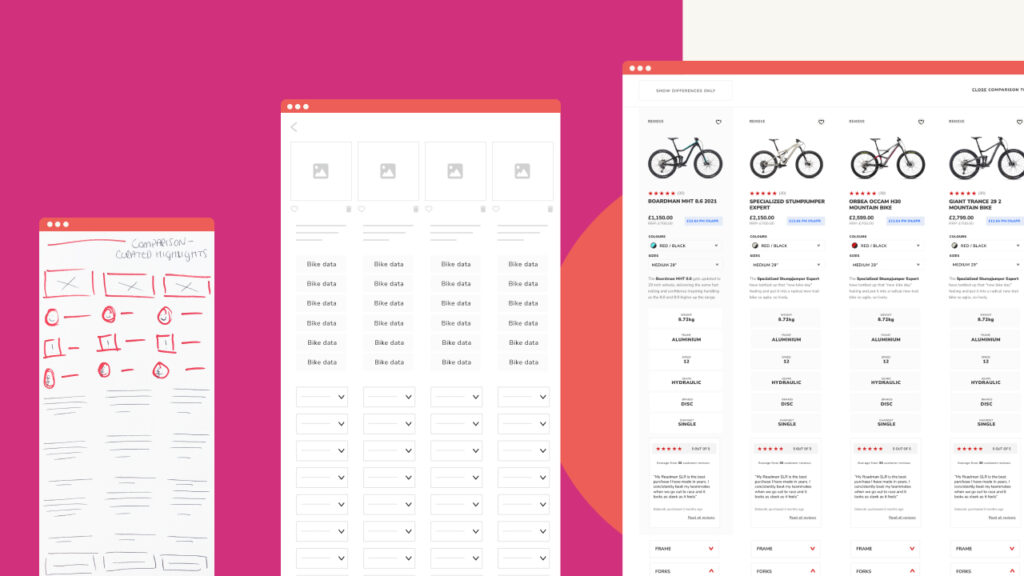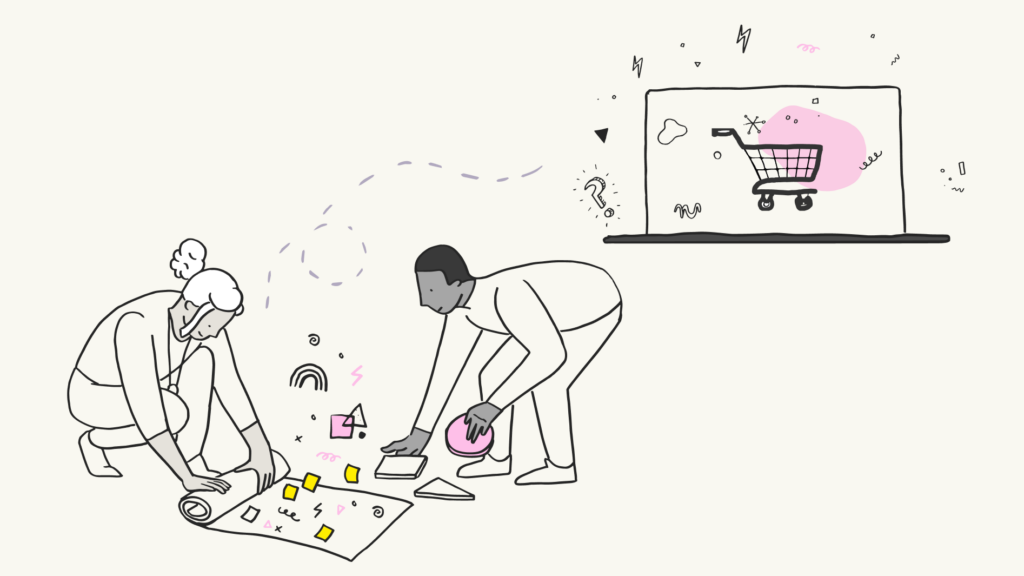In the world of architecture, RIBA recognises that architects produce their best work for the best clients.
Outstanding buildings happen when clients understand the design process and work with their architect to achieve the best outcomes. RIBA even goes so far as to reward this role with a prestigious “Client of the Year” award.
The same is true for digital architecture. As a Senior UX Consultant I know the best results can be found on projects where the client embraces agile processes and is prepared to put the user front and centre. Always. Even if it takes a bit of persuading.
So when the government agency, Innovate UK, invited us to support the design and development of the digital Innovation Funding Service (IFS), it provided us with the perfect opportunity to practice what we preach at Nomensa.
Innovate UK needed us to employ UX best practice as outlined in the Government Digital Service (GDS) Design Standards to deliver a first of it’s kind online government grant funding process. Not only were they inviting us to deliver user research and design practices of the highest standard, they also welcomed us to come and embed agile processes at the heart of their projects.

Government Digital Service (GDS)
GDS can be found at the heart of the government. They, and the principles they uphold across departments and services are the driver behind the digital transformation of government and the team that runs the award-winning GOV.UK.
GDS are very clear about the way they work and what they expect of suppliers.
They always start with user needs. They are agile. They work to a set of Design Principles – the GDS Standard – that guides every new digital project – including regular review of practices and progress through service assessments.
Agile working (with a small a)
For our partnership with Innovate UK, the GDS Standard gave us the opportunity to practise UX in a long-term agile environment.
Working collaboratively with Innovate UK, we took the service from the initial Discovery phase – researching and understanding true user needs behind the service – through to an Alpha proof of concept phase across the course of nine months. The whole process through to the service arriving in public Beta took just over 18 months with a multidisciplinary, multi-agency delivery team. Key to the success of this project was the relationships within the blended team of multiple suppliers – each providing key specialisms and working seamlessly towards the same goal.
But adopting an agile approach is not just about speed. Improving the velocity at which we can deliver only creates greater benefit if we’re sure that speed is moving us in the right direction. The real benefit of agile UX means we adapt our priorities and processes to best deliver the goals of the project.

Sometimes as an agency, you encounter projects more driven by the format of the end deliverables than the findings of the research itself. The beauty of agile working for a curious UX-person is the ability to use different methods, skills and outputs where they will deliver the most value.
Rather than being tied to set (often time consuming) deliverables, the outcomes of our work are directed in the most useful way to influence the service for the end user. What this means in reality is rather than research always leading to a prescribed weighty document – there is freedom about how you approach each activity. Sometimes the most useful thing you can do post-research is go and listen more to the call centre handling problems to gain more context around an issue. Or sketch something on a whiteboard next to your developers for immediate implementation. Or go and petition a senior leadership team to re-consider a fundamental part of their existing process.

True user-centred design exists far beyond a prototype, creating significant improvement to a user experience often involves meaningful change to underlying business processes. If we try and tackle problems externally, we can improve incrementally, but it’s by working collaboratively within an organisation that we can really show the change that can be made through digital transformation. We treasure opportunities, like with Innovate UK, to really do this.
Delivering a service for both internal and external users
When developing IFS our focus was on all users of the service, both external citizens applying for funding and the full range of internal teams needed to support the process – from full time administrative staff through to occasional independent consulting experts. In addition to meeting the needs of the different businesses and time-poor tech start-ups applying for funding, we needed to help Innovate UK digitise their own processes.

Our development focused on both the front-end and back-office. Although there was much work to be done improving the process of applying for funding from Innovate UK, the biggest value can be seen in dramatically reducing the administrative costs of awarding funding, and allowing more of this funding to be efficiently delivered to innovative research projects.
IFS arrived at Private Beta on time and on budget. But the greatest results were seen once it became operational. Within the first few weeks it saw more than a 30% increase in applications across all funding competitions. In real terms, this means more businesses are feeling empowered and able to apply for research funding through this simplified service – broadening the reach of potential innovation. This project has also been recognised within The Department for Business, Energy and Industrial Strategy and government as an exemplar of delivering a supplier-led digital transformation.
What’s more, by sharing our agile processes and UX methodology with Innovate UK we are leaving a legacy within the organisation that goes beyond the product and supports their ongoing systems and processes.
We drive commercial value for our clients by creating experiences that engage and delight the people they touch.
Email us:
hello@nomensa.com
Call us:
+44 (0) 117 929 7333




